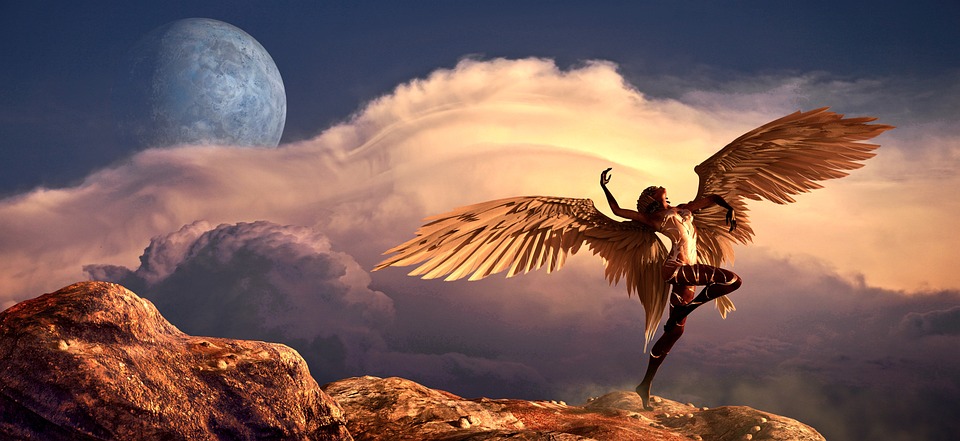Title: Drama in Popular Culture: Exploring the Artistry of Tension and Intensity in TV Shows and Movies
Introduction:
Drama is an integral part of popular culture, captivating audiences worldwide by provoking intense emotions, suspense, and a rollercoaster of feelings. Whether through television shows or movies, the art of drama has evolved significantly, embracing tension and intensity as storytelling tools to engage viewers in captivating narratives. This article will delve into the intricacies and nuances of drama in popular culture, analyzing how it enhances the viewing experience and leaves a lasting impact on the audience.
The Power of Tension and Intensity:
Tension and intensity are crucial elements of drama that manage to keep viewers on the edge of their seats, enthralled by what unfolds on screen. These elements heighten emotions, create suspense, and foster a deep connection between the audience and the story’s characters, making them relatable and memorable.
In television shows, the art of tension and intensity is often brilliantly displayed through the use of cliffhangers and plot twists. The inevitable pause before resolution forces viewers to continue watching, eagerly awaiting the next episode. Iconic shows like “Breaking Bad” and “Game of Thrones” have mastered this technique, continuously raising the stakes and leaving audiences craving resolution.
Similarly, movies effectively utilize tension and intensity to captivate viewers within a shorter timeframe. Thrillers, such as Alfred Hitchcock’s “Psycho” or Christopher Nolan’s “Inception,” expertly build tension throughout, leading to breathtaking climaxes that leave viewers breathless.
Character Development and Conflict:
Drama thrives on the exploration of complex characters and the conflicts they face, serving as the driving force behind engaging storytelling. Character development plays a pivotal role in drawing viewers into the narrative, allowing them to invest emotionally in the lives, struggles, and triumphs of their favorite protagonists.
When it comes to TV shows, the luxury of an extended runtime allows for extensive character development. Audiences grow attached to multifaceted characters, experiencing their triumphs and sorrows alongside them. For instance, the deep exploration of Don Draper’s character arc in “Mad Men” reveals a man full of contradictions, driving the show’s appeal and cultural impact.
Movies, on the other hand, often provide condensed character arcs, relying on concise storytelling to establish the protagonist’s persona. Icons like Luke Skywalker in the “Star Wars” series or Clarice Starling in “The Silence of the Lambs” perfectly exemplify how movies successfully create compelling characters through intense conflict.
Exploring Themes and Social Commentary:
Drama in popular culture frequently tackles relevant themes, addressing pressing societal issues and serving as a mirror to the world we inhabit. Television shows and movies have long been powerful vehicles for social commentary, challenging viewers’ perspectives and opening meaningful discussions.
By exploring topics like racism, gender inequality, or corruption, drama encourages introspection and empathy among audiences. A prime example is the groundbreaking television series “The Wire,” which delves deep into Baltimore’s systemic problems, shedding light on the complexities of urban life.
Movies like Bong Joon-ho’s critically acclaimed “Parasite” tackle wealth disparity, exposing the stark contrasts between social classes and the consequences of social inequality. These thought-provoking narratives make audiences reflect on real-world issues long after leaving the theater.
Drama and Emotional Catharsis:
One of the most significant strengths of drama in popular culture lies in its ability to evoke an emotional response from viewers. Through intense storytelling, masterfully crafted dialogue, and powerful performances, drama provides an emotional catharsis that resonates deeply with audiences.
In television shows, the longevity of the narrative allows for a more profound connection to characters, spreading emotional arcs across multiple episodes and seasons. Fans become heavily invested in the intricate relationships between characters, shedding tears of joy or sadness during climactic moments.
Movies, with their condensed runtimes, often strive to deliver powerful emotional experiences within shorter periods. Films like “Schindler’s List” or “The Shawshank Redemption” wrench heartfelt reactions from viewers, reminding us of the human capacity for empathy and compassion.
Conclusion:
Drama in popular culture seamlessly weaves tension, intensity, character development, storytelling, and social commentary, creating a captivating and immersive viewing experience. The artistry of drama resonates deeply with audiences, leaving lasting impressions that transcend the screen. As TV shows and movies continue to embrace the power of drama, we can only expect this genre to evolve further, pushing boundaries and captivating audiences for generations to come.

